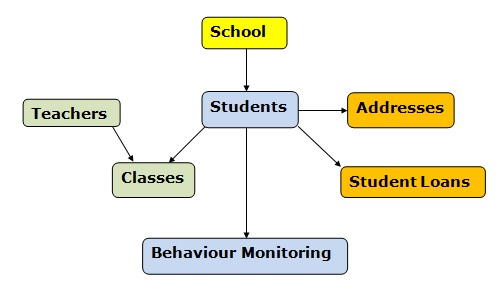

The Scope is what we see around us - for example, Students with a Teacher in a Classroom.

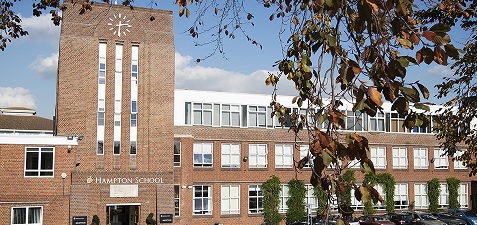
Subjects and Classes, but excluding, for example, Books.
Click here or on the picture to go to the Hampton School Web Site.

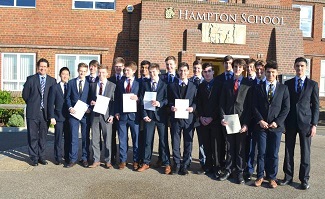
23 Hampton boys on their way to Oxbridge, 2016
For example -
R.1 In a School there can be many Classrooms.
R.2 In a Classroom, there can be many Students.
R.3 Each Student can register for many Classes.
R.4 A Subject can be taught in many Classes.
R.5 Each Teacher can teach many Classes.
In a Classroom there will (usually) be one Teacher and
many Students (as we show on the left).

Here we see boys enjoying Science class
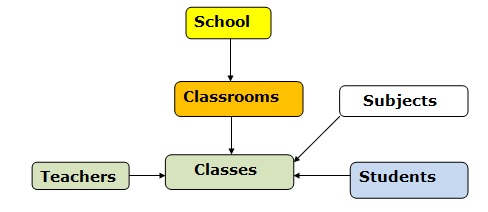
This Model is very useful for discussions with all interested parties.


This applies to the School and Classrooms and perhaps Teachers.
For other things, like Classes or Students, we usually generate numbers, such as ABC123.
Then, of course, we keep a table to translate each number to a specific name.

Because of the detail, we used a commercial software Data Modelling package,
which we can use to generate the Database.
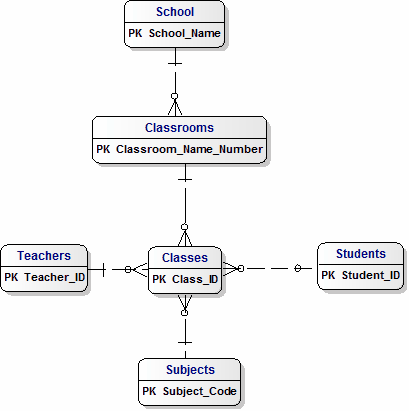


This allows anybody to use our Database in the UK or around the world.
They can monitor attendance, print off Attendance Reports and so on.

Student Information Systems Data Model could be our starting-point ...
